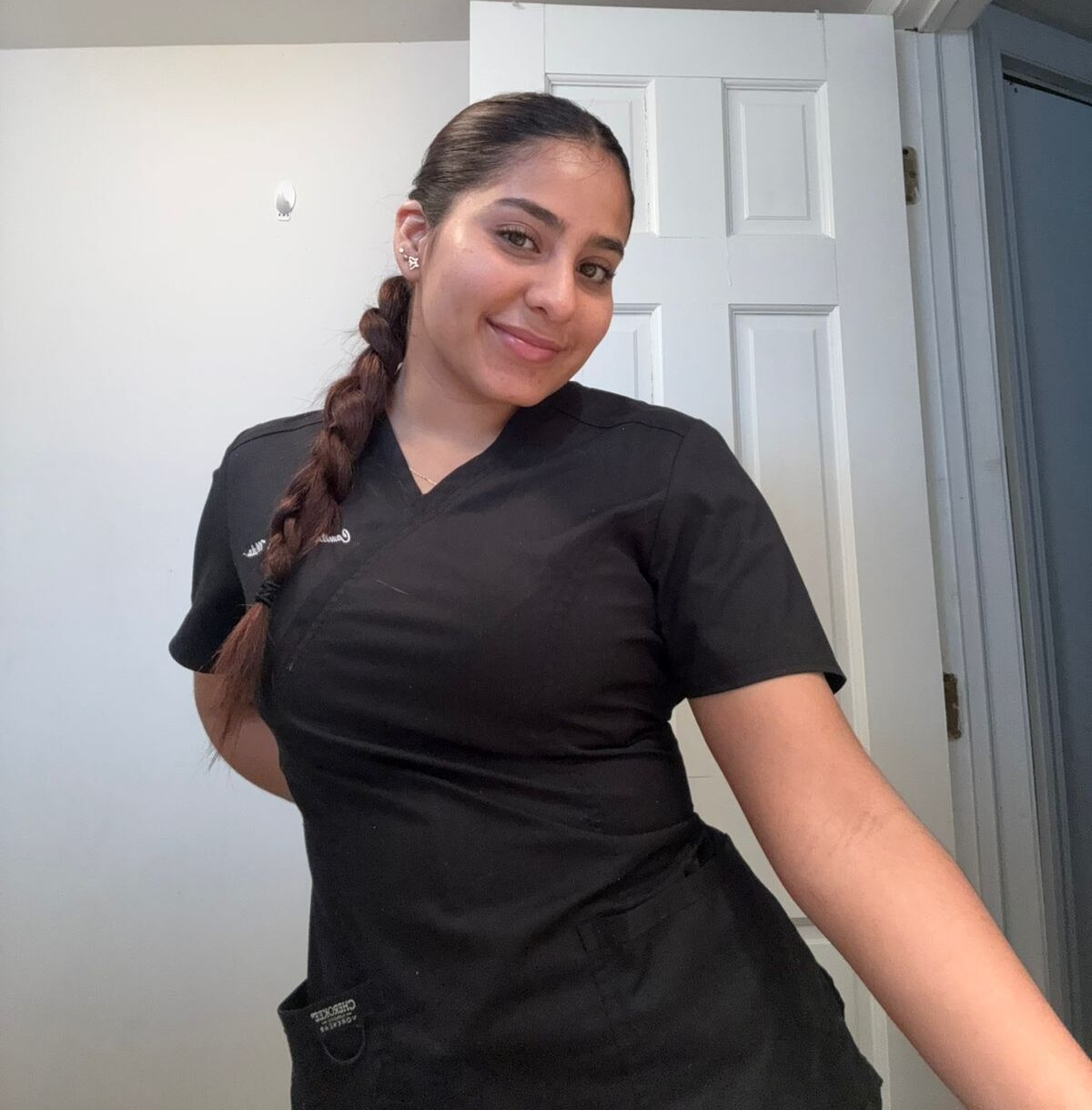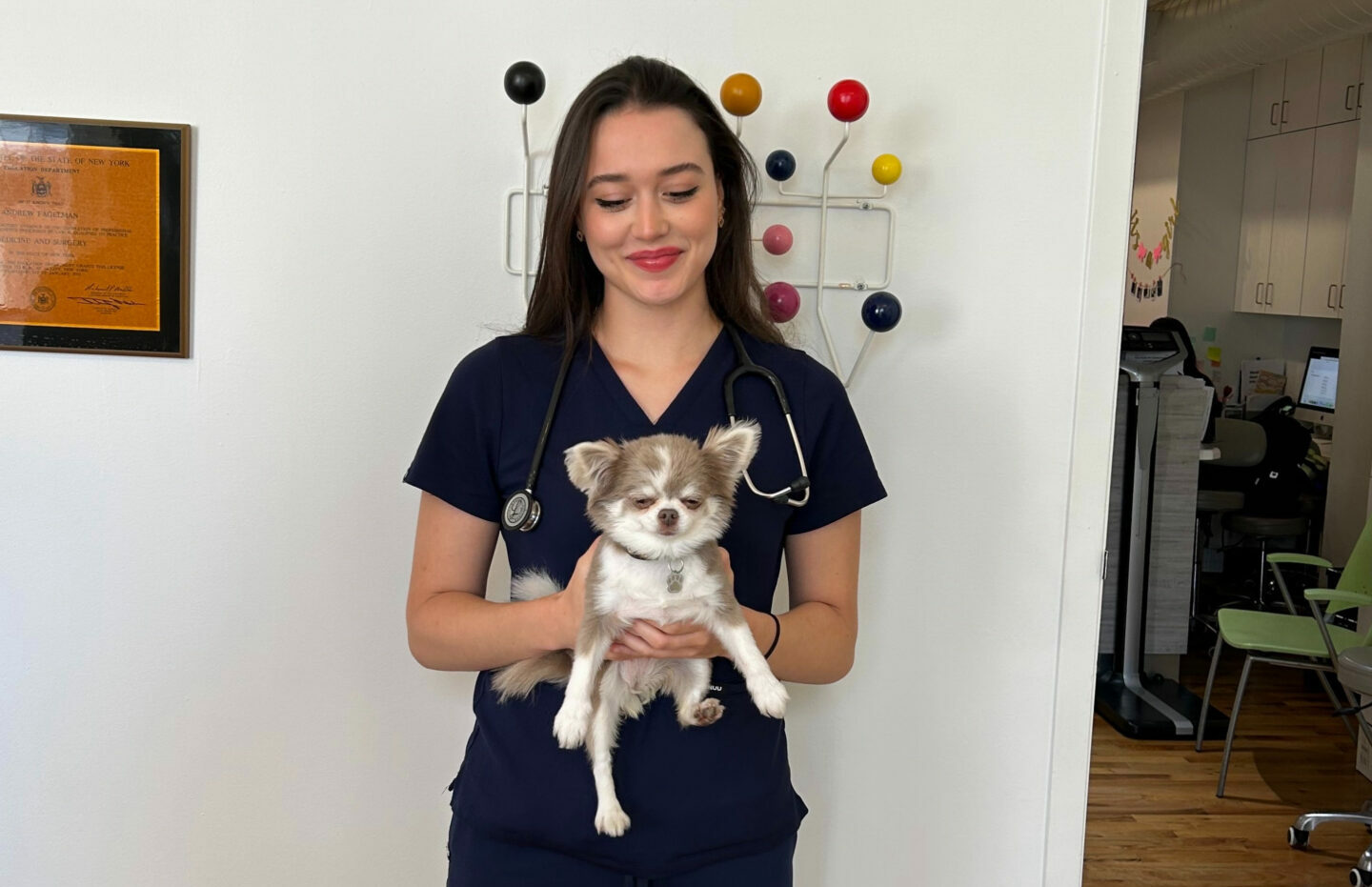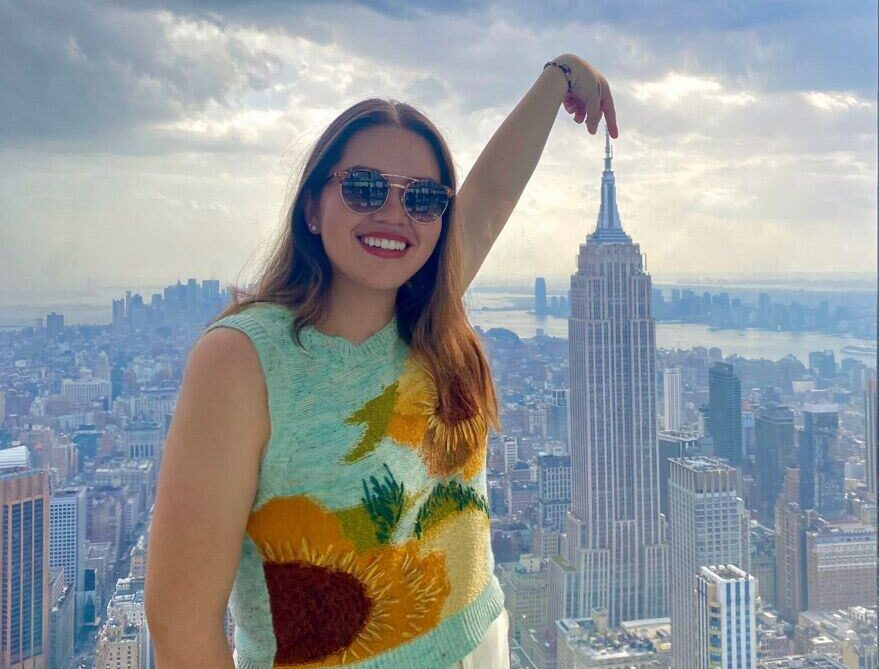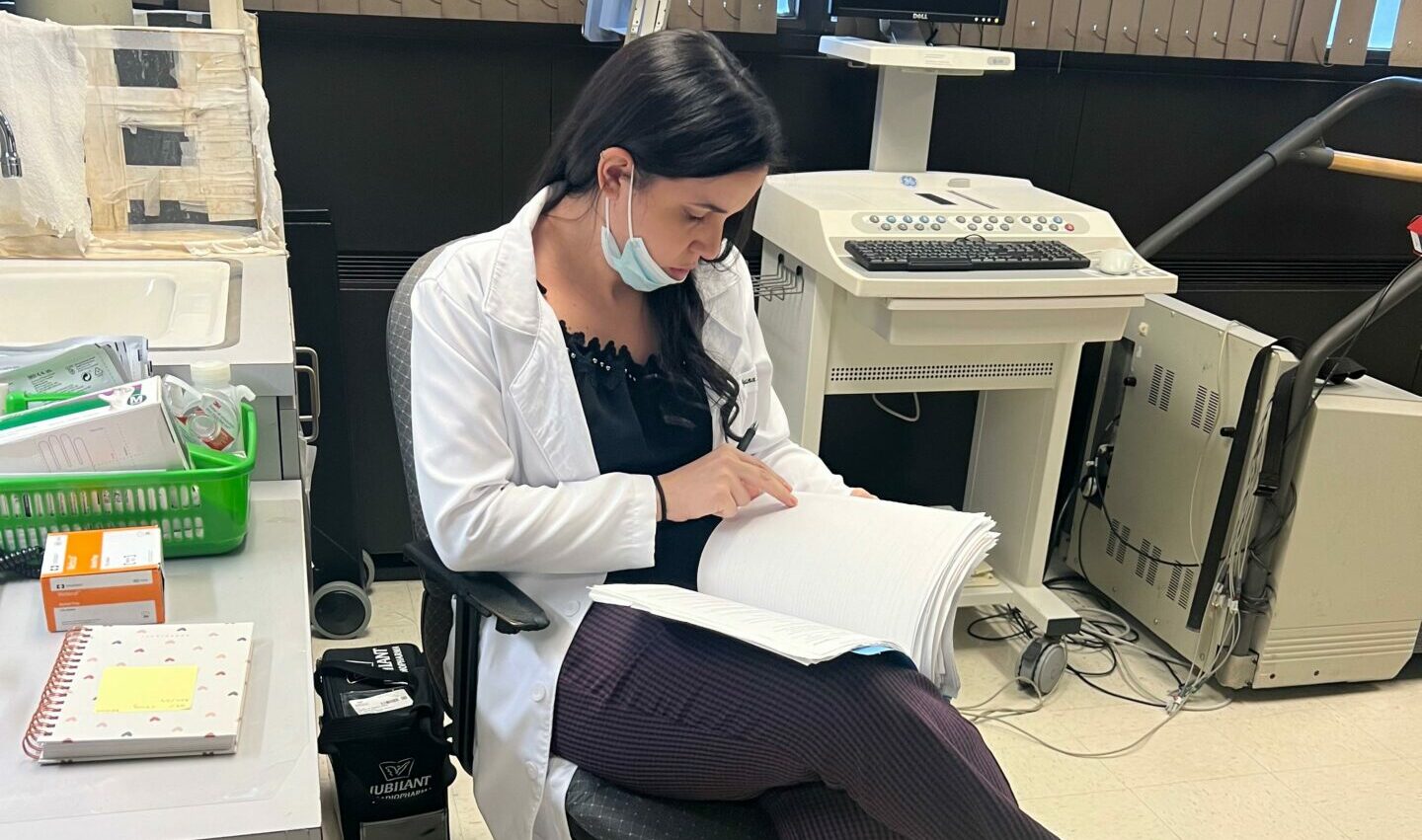In my nearly five years of leading the Visitor Experience department at AMOpportunities, our team has helped thousands of medical students attend clinical experiences that led them to successfully match into U.S. residency. This year was no different; however, this year, we set out to prove it by surveying over 2,000 of our trainees. This group included both in-person rotations and trainees that attended virtual rotations. Our survey asked past AMO trainees if they participated in the 2022 Match and, if they did, were they successful in obtaining a residency position.
Following our survey, I am proud to announce that 80.6% of our trainees who attended an AMO rotation and applied for the 2022 Match successfully matched into residency positions. Despite the highly competitive process and the many challenges brought on by the COVID-19 pandemic. This is higher than this year’s IMG average of 61.4% for U.S. IMGs and 58.1% for non-U.S. IMGs, according to NRMP data.
Our trainees have been accepted to programs across the country in specialties such as Family Medicine, Internal Medicine, Neurology, Radiology, and Pathology at institutions such as the University of Southern California, University of Miami, Mount Sinai, and Spectrum Health.
Many of these incoming residents shared their stories with us, sent pictures, and expressed their gratitude toward AMO for creating a different type of clinical experience platform–one built on trust, transparency, and fairness–that enabled them to take the next step on their medical journey. By attending a clinical experience through AMO, these trainees were able to gain valuable professional and medical experience, build connections with high-quality teaching physicians and institutions, and earn LORs that were used to support their Match application.
While their dreams of becoming U.S. physicians are coming true, these future residents will also play a critical role in solving the nation’s growing healthcare shortage–as these IMGs are more likely to practice in primary care, work in rural and historically under-served communities, and reflect the diversity within the patient populations they serve. To know that, and to be a part of it, is very fulfilling.






